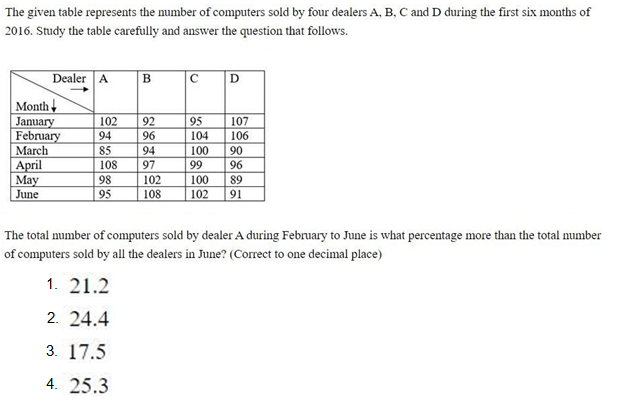Question
Which of the following techniques is most suitable for
handling and organizing an unstructured dataset with textual data?Solution
Text parsing and tokenization are crucial steps for processing unstructured textual data. Parsing involves extracting and structuring data from text, while tokenization breaks down text into meaningful elements or "tokens" for analysis. This approach is particularly useful for unstructured datasets like customer reviews, social media comments, or any free-form text where content analysis is required. By structuring the data through tokenization, a data analyst can perform further analysis, like sentiment analysis or topic modeling, to extract insights from textual data. The other options are incorrect because: • Linear Regression is a statistical technique, unsuitable for unstructured text. • Data Normalization standardizes numeric values, not text. • Data Aggregation consolidates data, but doesn't handle text processing specifically. • K-means Clustering groups data, but tokenization is first needed for textual data.
The number of students passed in college A is what percent (approximately) the number of student passed in college C? (During all the given year)
Find the ratio between the number of children visiting Buxa Tiger Reserve and Betla National Park together.
What is the average number of women visiting all the Parks together?
The total number of children visiting Kanha National Park is approximately what percent of number of children visiting Indravati National Park?
What was the ratio of the total number of students passed and failed in college C (during all the given years?

If the number of cars produced by Company P increased by 20% in 2023 compared to 2022, how many cars would be produced by Company P in 2023?
In 2021, what is the difference between the number of cars exported by Company P and Company R ?
What is the difference between the total number of orders who were not delivered by Jabong and Myntra together and that of who were not delivered by Fl...
What is the approximate average number of students failed in college C in during all the given year?


